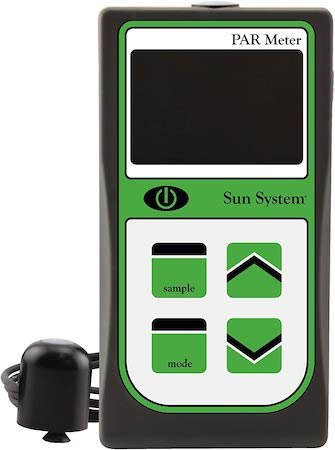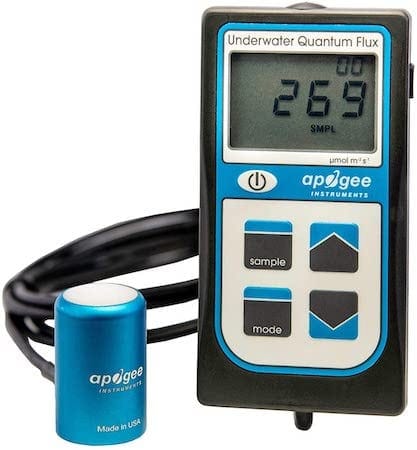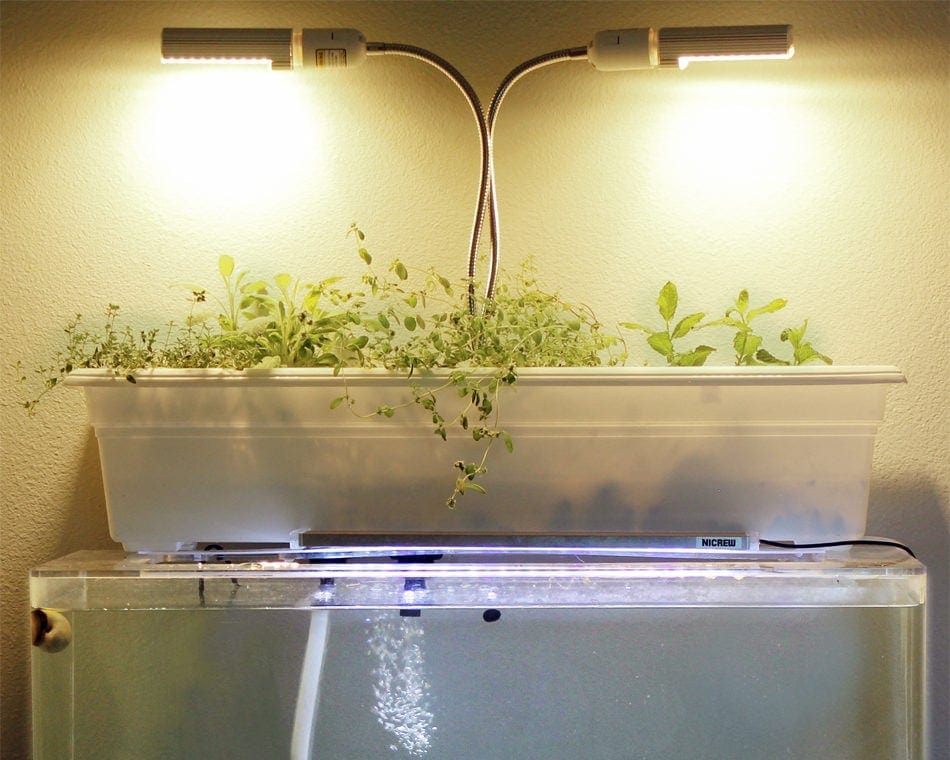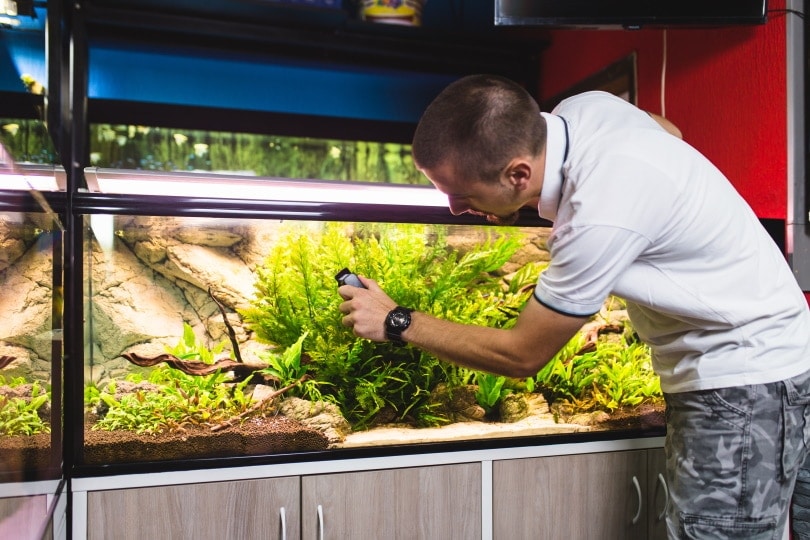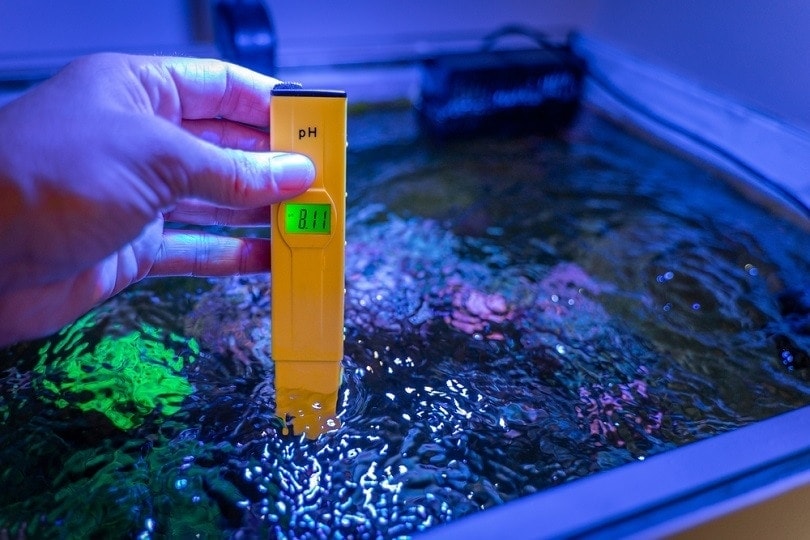3 Best PAR Meters For Reef Tanks in 2024: Reviews & Top Picks

Updated on
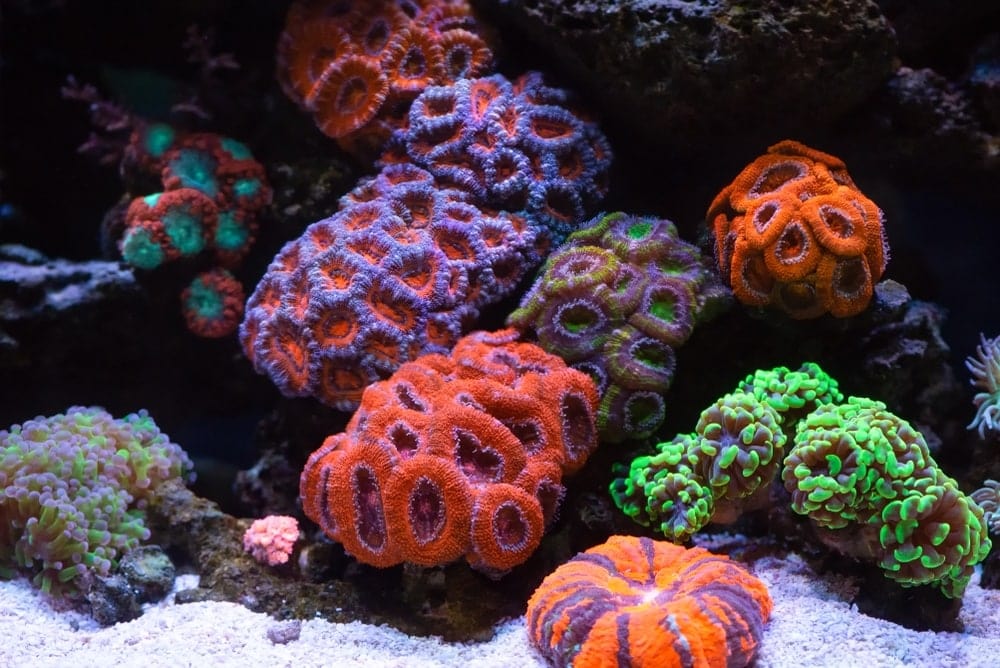
If you have a reef tank with lots of corals, you are probably aware that keeping the tank in prime condition is a little harder than you might have first expected. Yes, reef tanks are actually pretty difficult to care for, especially when it comes to providing your corals with the ideal conditions for growth and life.
In terms of corals, one of the most important things they need to be able to do to survive is photosynthesis, and without it, they will undoubtedly die. However, how do you know if your corals are getting the ideal amount of light to be happy and healthy?
This is where the PAR meter comes into play. Let’s talk about what a par meter is. Plus we also want to help you find the best PAR meter for reef tanks (this one is our top pick). We have picked out our top 3 which we have reviewed in lots of detail.
 A Quick Comparison of our Favorites in 2024
A Quick Comparison of our Favorites in 2024
| Rating | Image | Product | Details | |
|---|---|---|---|---|
| Best Overall |

|
SENEYE Reef Aquarium Monitor and Par Meter |
|
Check Price |

|
Sun System PAR Meter |
|
Check Price | |

|
Quantum Apogee MQ-510 |
|
Check Price |
The 3 Best PAR Meters For Reef Tanks
Let’s take a look at what we think are the 3 best par meters on the market today. Each of these options might just be the right thing for you, the tool you need to measure how much light your corals are getting. The point here is to help optimize the amount of useful light radiation your corals get for good growth.
1. SENEYE Reef Aquarium Monitor and Par Meter
In terms of monitoring capabilities, the SENEYE Aquarium Monitor is undoubtedly one of the best options in our opinion. For one, we do have to say that this particular meter is rated to be one of the most accurate and well-rounded options.
It is known to be very accurate and precise with all of its measurements, which is of course very important when it comes to the health of your home coral reef. The fact that it is so highly precise when measuring various water parameters is a big deal no doubt.
Now, the really impressive aspect of this particular item is that it does so much more than measuring the PAR. It can also measure the LUX and the Kelvin in the tank, or in other words, what Kelvin range your lights are at and how the lights are holding up or degrading over time. On a side note, although corals are saltwater beings, this item can also be used for freshwater tanks.
This meter can do even more because it also keeps track of the temperature, so you can tell if the water is too warm or cold, or if your heater or cooler has broken down. This thing also has the ability to keep track of ammonia and nitrate levels in the water, as well as the pH level, and the water level itself.
More or less, this thing can keep track of pretty much every single water parameter that is crucial to the survival and health of your corals. We do like how this item is designed to be very durable and does appear to have a fairly long shelf life.
What does need to be said here is that the Seneye Slide must be replaced monthly for this PAR meter to keep working, but that is no big deal. Keep in mind folks, this thing works with a USB connection and does not have a display of its own.
This means that you need to collect the data with this item, but also connect it to your computer with the included USB cord to actually look at the data. Unless you buy some extra accessories, you cannot use your smartphone to view the data, only your computer.
- Very accurate measurements.
- Durable design.
- Easy to read data on your computer.
- Measures LUX, Kelvin, & PAR.
- Measures Ammonia, Nitrates, pH, Temperature, & Water Level.
- Very easy to get measurements.
- Requires a computer to use.
- Must be connected with USB.
- You will need extra accessories if you want to use this with a smartphone.
- Does not have its own display.
2. Sun System PAR Meter
Unlike the above PAR meter we just looked at, this particular one is super simplistic. It does not measure anything but the PAR level your corals are getting. It does not measure pH, temperature, ammonia, or any of the other water parameters which the above model measures.
With that being said, although this is a one-trick pony, so to speak, it does its job just fine. It is quite accurate in terms of its readings, which is the important part of course.
Now, the Sun System Meter is very easy to use. Simply hang the probe into the water and wait a minute for the readings to come through. The nifty part here is that this item does come with its own screen and display.
The above PAR meter would only give you its readings by connecting it to a computer via a USB port. However, this one is very quick and easy to use thanks to the fact that it has its own display connected right to the probe.
Just be sure to not drop the display in the water, as it is not waterproof. The display itself, while it works, is admittedly not overly durable. Also, it does not log past and present data, which is a bit of an issue.
- Very simple and straightforward.
- Accurate readings.
- Comes with its own display.
- Display is not very durable or waterproof.
- Only measures PAR.
- Do not log data.
3. Quantum Apogee MQ-510
The Quantum Apogee MQ-510 is another fairly simple PAR meter to go with, one that does have some good capabilities. For one, just like the above model, this one comes with its own display, so you do not have to connect it to a computer or anything like that.
The display is not super durable or waterproof, but at least there is a display to speak of. It has a long cord, so you do not need to be sitting right next to the aquarium. What is cool is that this thing can measure PAR both within and out of the water.
Of course, this thing does provide super accurate measurements, or else we would not have put it on our list of the best PAR meters. With that being said, this is the new and upgraded version. The old version of this model was not that accurate, but this one is. This one has awesome optical sensors that do work quite well.
All you need to do is hang the probe in the water and press the sample button to get a reading. What is also neat here is that this thing logs data from previous measurements so you can compare the past to the present and see what effects the changes you have made have had on the tank.
- High performance.
- Accurate.
- Has a display.
- Long cord.
- Super easy to use.
- Display is not durable.
- Display is not waterproof.
- Cosine function is hard to understand.
Buyers Guide – How to Choose the Best PAR Meter?
What Does A PAR Meter Do?
Before we talk about what a par meter does and what it is, we should probably explain what par is, especially concerning your reef tank and your corals. PAR stands for Photosynthetically Active Radiation.
In layman’s terms, when it comes to reef tanks, PAR is the amount of light that penetrates through the water column and is available for corals to use for photosynthesis. As you know, most of the food corals create or eat is made through photosynthesis. So, without enough PAR, or with too much of it, corals will not do so well.
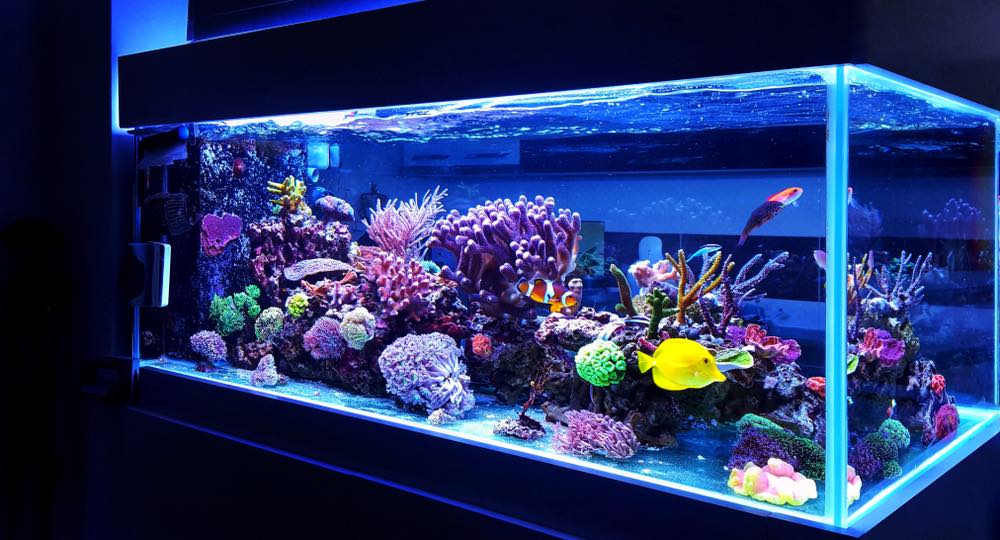
A PAR meter measures the amount of available light radiation or PAR, which is available for your corals to use for photosynthesis. When it comes to the health of your coral reef, this is very important.
Many people have begun using these devices to speed up coral growth and to increase the overall health of their reef tanks. Just so you know, for ideal growth, some coral need as little as 40 PAR for basic survival, while others can handle as much as 600 PAR.
Conclusion
To repeat, the amount of light your corals get in the reef tank is essential and directly related to their survival. Too little light and they won’t be able to create their own food and grow, but too much of it and they will be overwhelmed.
A good PAR meter can you judge exactly how much light your corals are getting, and therefore allow you to make the appropriate adjustments to spur on healthy coral growth and development. We personally would recommend going with one of the above PAR meters that we reviewed because they do seem to be the some of best ones.
Featured Image Credit: videotrinkets, Shutterstock
 A Quick Comparison of our Favorites in 2024
A Quick Comparison of our Favorites in 2024



